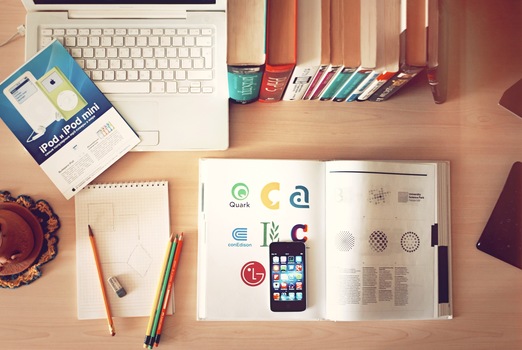Copyright is the protection of creative work and is free and automatic in Australia. There is no system of registration, and protection is immediate upon the creation of your work to paper, video, disk or other printed material. Copyright protection protects the work in material form only, it does not protect the idea, concept, technique, or style. Copyright is an exclusive assignable right given to the originator to print, publish, film, perform or record, material that is literary, artistic, dramatic or musical. Generally, the first author of copyright material will be the owner, however, when there is an employment relationship, the employer will often be the owner of the copyright, as long as the employee created the copyright in the course of their employment.
In respect of photographs, commissioned for domestic or private purpose, the copyright owner is the person who commissioned the work. In relation to other photographs, the photographer is the owner of the copyright material. When commissioning work to be completed by another, it is always important to document the agreement between the parties, so that it is clear who is the owner of the copyright and who can use the copyright material and on what basis.
Copyright is tangible property, which should be treated as such, and dealt with in a businesslike manner. In this respect, while there is no system of registration in Australia, you should keep accurate records with dates and copies of all communications with people that have access to your copyright material. Furthermore, it is important that you document any agreements you may have with third parties with respect to your copyright material. Without properly documenting and formalising agreements, disputes can arise in respect of ownership and use.
When disputes arise in relation to ownership of copyright, there is no system of registration to determine who is the owner of the copyright and therefore the Courts must decide who owns the copyright material in dispute. The following can assist the Courts in determining the owner of copyright material:
1 drafts, plans, schedules and outlines (dated);
2 multiple versions of the material saved and dated;
3 agreements;
4 emails, correspondences and recordings in relation to the copyright material.
Without keeping accurate records, it can be difficult to prove ownership in respect of copyright material.
Engaging a lawyer to assist with drafting licensing agreements, confidentiality agreements and Intellectual Property Registers can assist to protect all of your intellectual property, including copyright, and can assist you in commercialising your intellectual property, so that you can maximise the wealth derived from the creation of your original works.
In addition to the right to commercialise your copyright, an author of copyright also has the right to be attributed for the work that they have completed. These are called moral rights and are protected whether or not the author is the owner of the copyright.
For more information about protecting your intellectual property please contact Emily to see if we can assist you.
The content of this article is intended in the nature of general information, and cannot be relied upon as legal advice. You should seek specialist advice about your particular circumstances.



Leave a reply